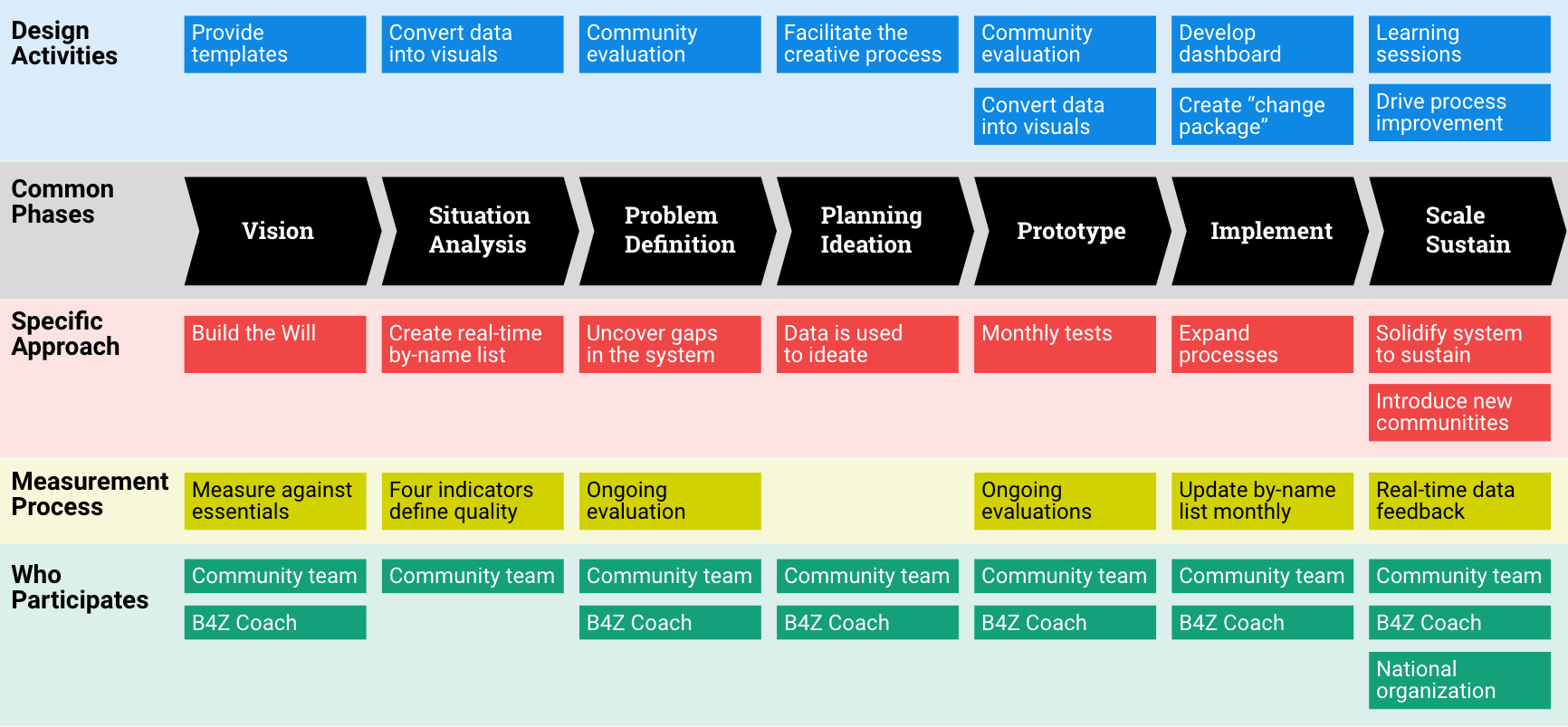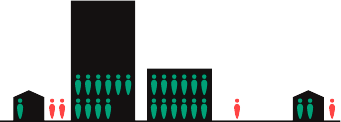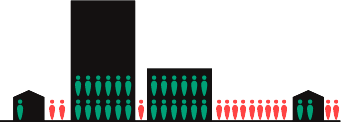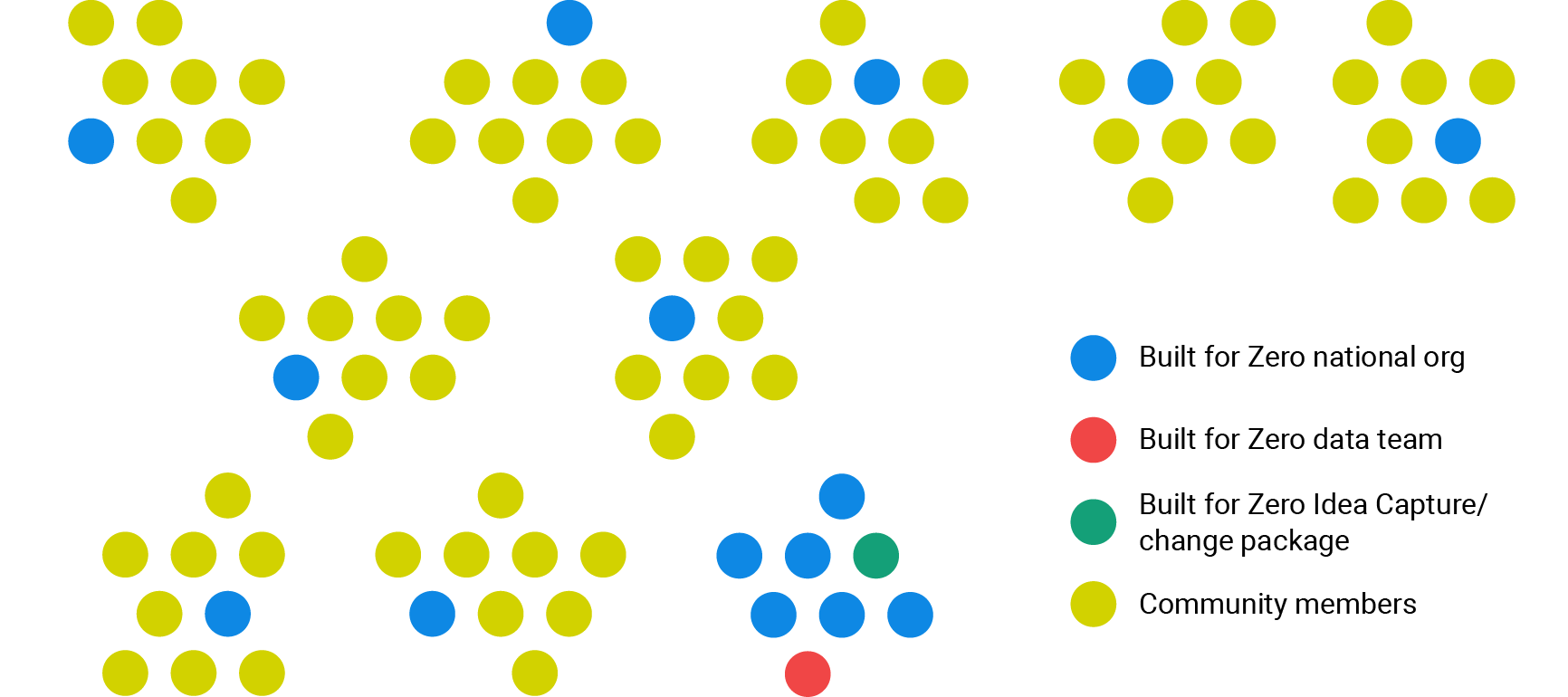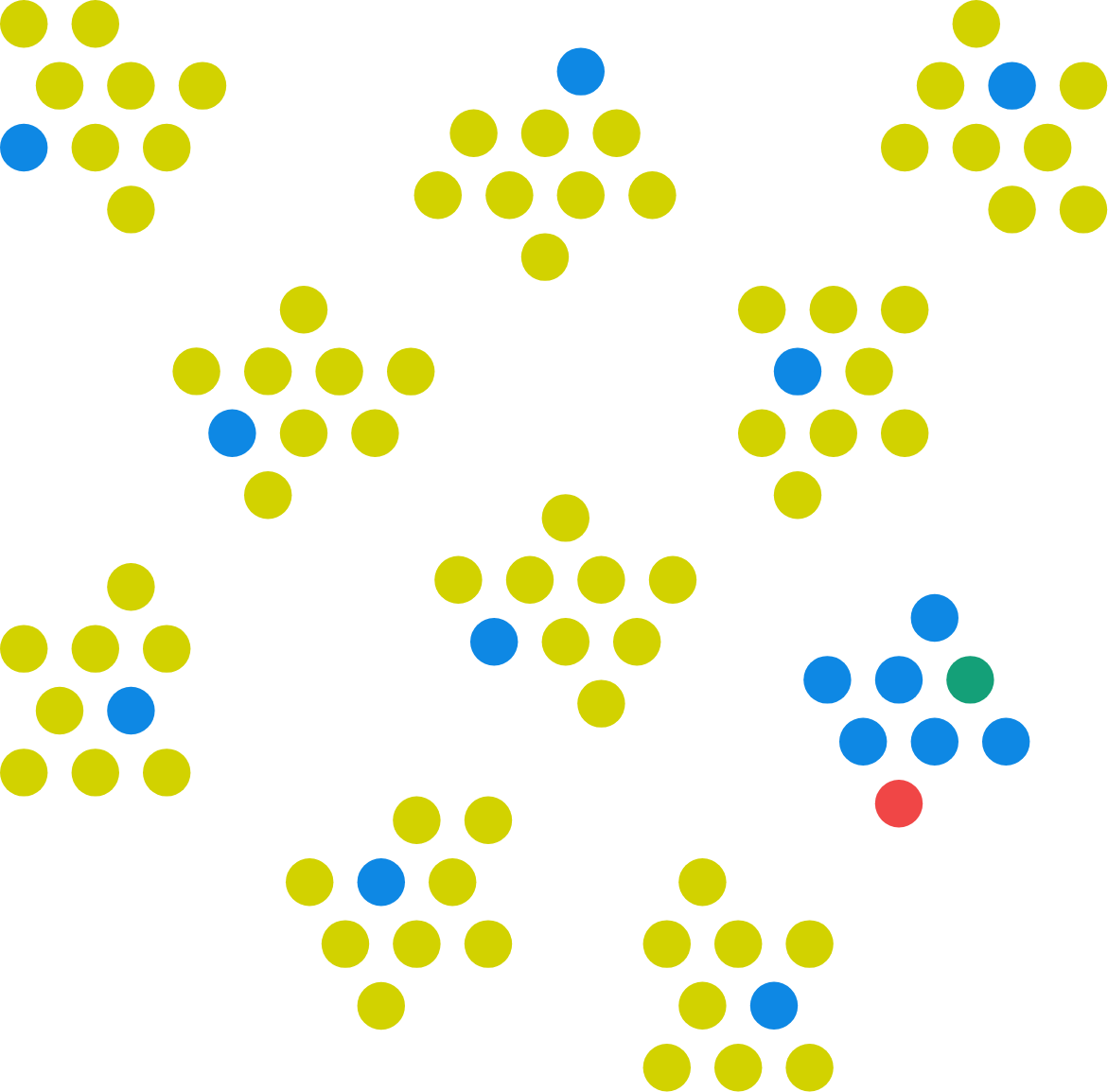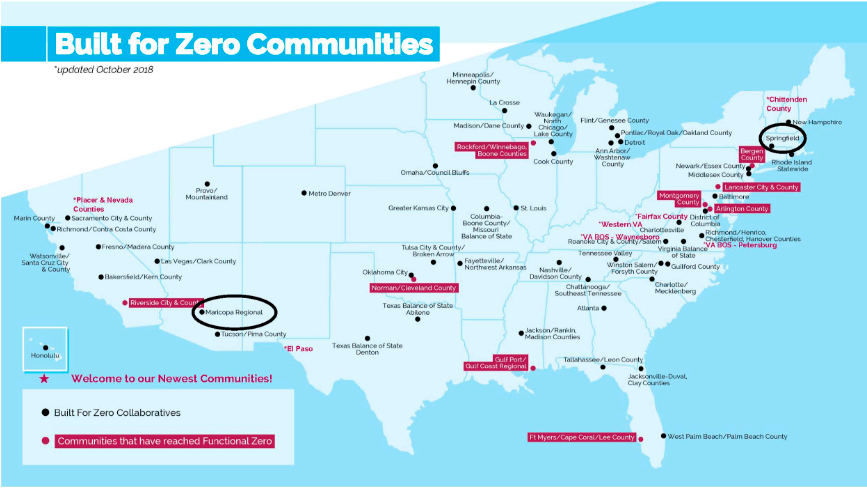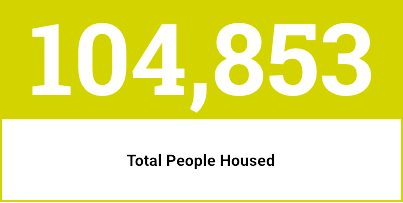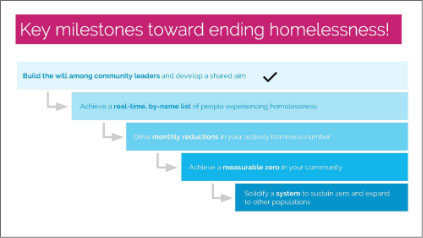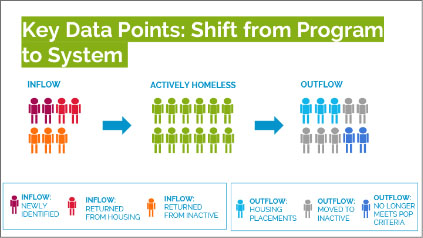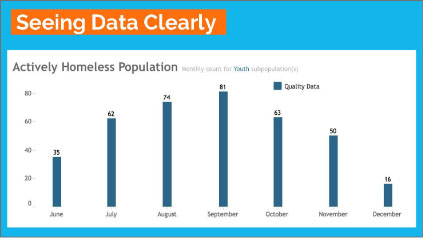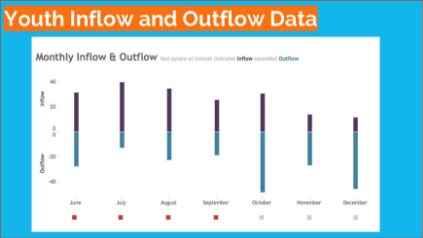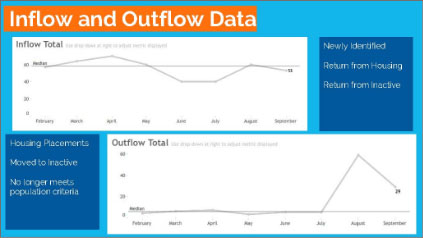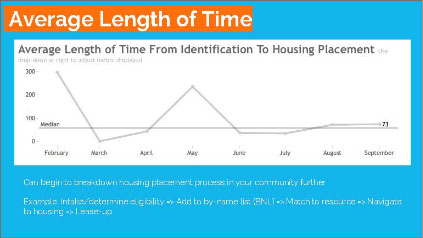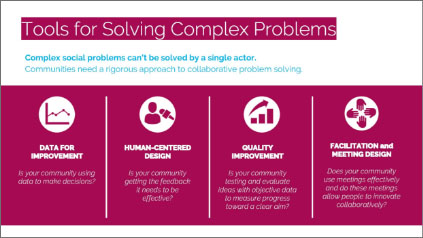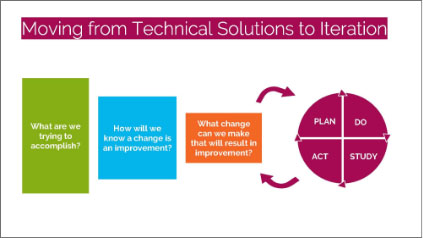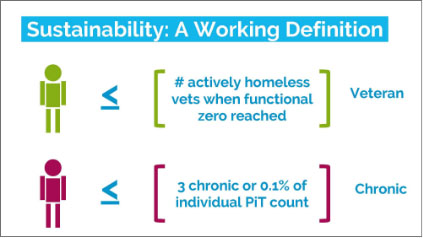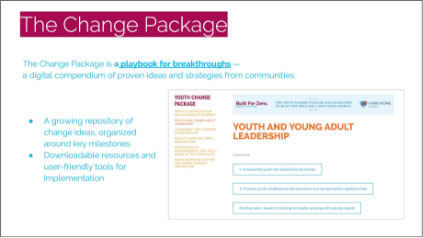Built for Zero is a program led by Community Solutions, founded by Rosanne Haggerty. It is comprised of a national team and peer network that support community participants in developing by-name, real time data on homelessness, optimizing local housing resources and tracking progress against monthly goals. Rather than promoting a single solution, they focus on teaching local teams how to use data to establish an accountable “system” for ending homelessness.
The shared data allow local teams made up of organizations working on the issue, to develop system improvement ideas and practice design and solutions skills in response to the specific conditions driving homelessness in their community. Measuring the impact of these tests helps communities continually identify and accelerate successful strategies. The organization has been called a “Field Catalyst,” meaning one that “amplifies the efforts of many others in the field.”
While Human Centered Design is one of three pillars for its approach, Built for Zero fully integrates the Mindset, Process and Skillsets of social design throughout. Traditionally, efforts to end homelessness are disconnected and in many places, have been ineffectual. Built for Zero is unique in a number of ways: its systemic approach; innovation of by-name, real time data on those experiencing homelessness; the formation of diverse teams in each community that bring together all relevant stakeholders; and guidance and coaching on how to find solutions that end chronic and veterans homelessness in response to their local data. Convening two to three times per year they bring communities across the country together to develop and share learning; provide additional skill training in data analytics, quality improvement and other problem solving skills, and assist community teams in planning their next cycle of improvement tests.
The Built for Zero initiative continues the momentum of another Community Solutions project called the 100,000 Homes Campaign — a national movement that helped 186 participating US communities find homes for 105,580 homeless Americans in four years. An important learning from the 100,000 Homes Campaign was the need to count down when tracking homelessness, not up. In counting up, while the objective was met, the number of people experiencing chronic homelessness nationwide was not reduced by a corresponding number. This highlighted the needed for a comprehensive, accountable system, attuned to the dynamic, shifting nature of homelessness itself.
